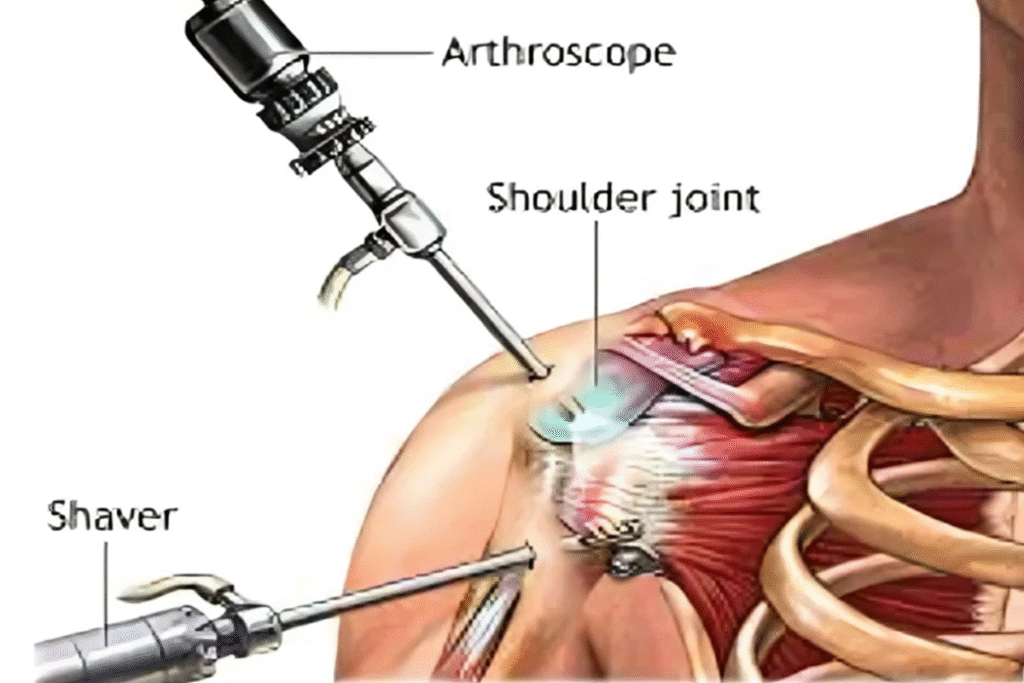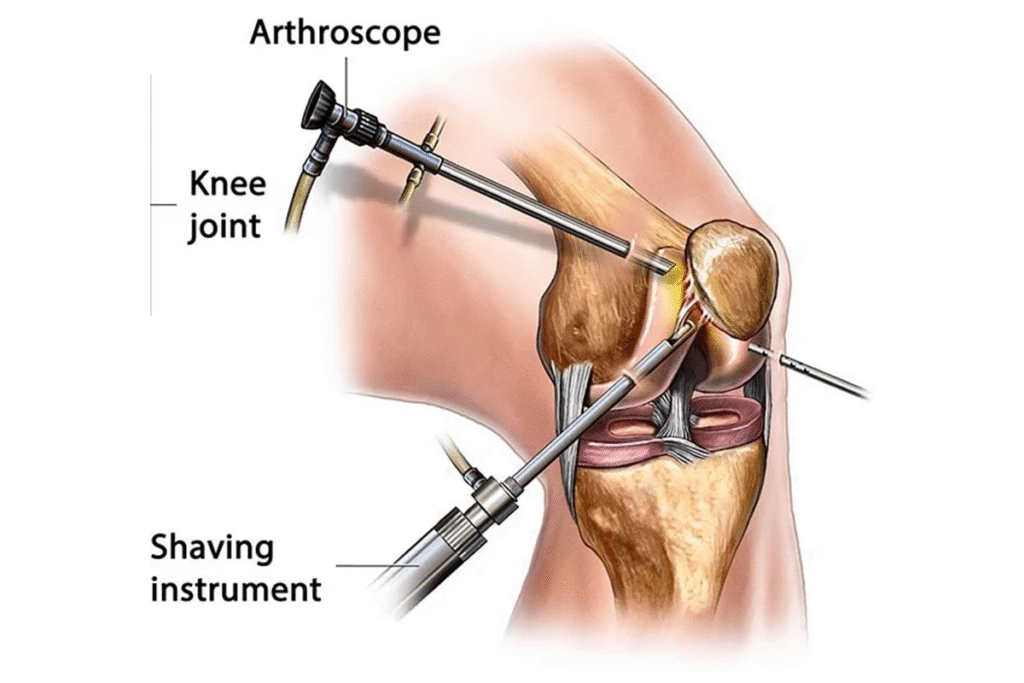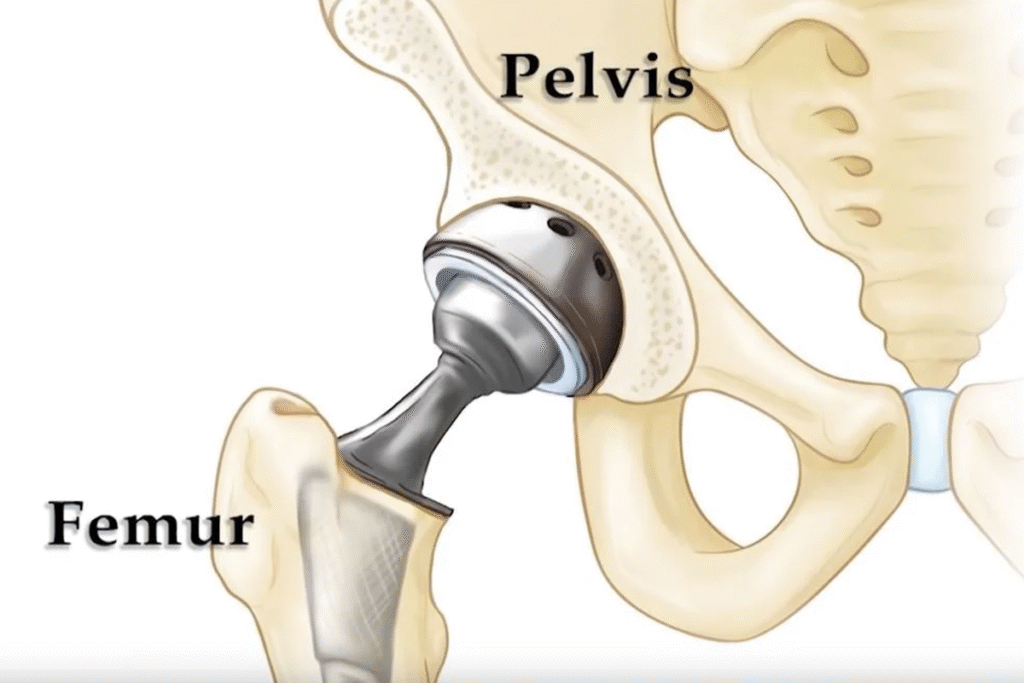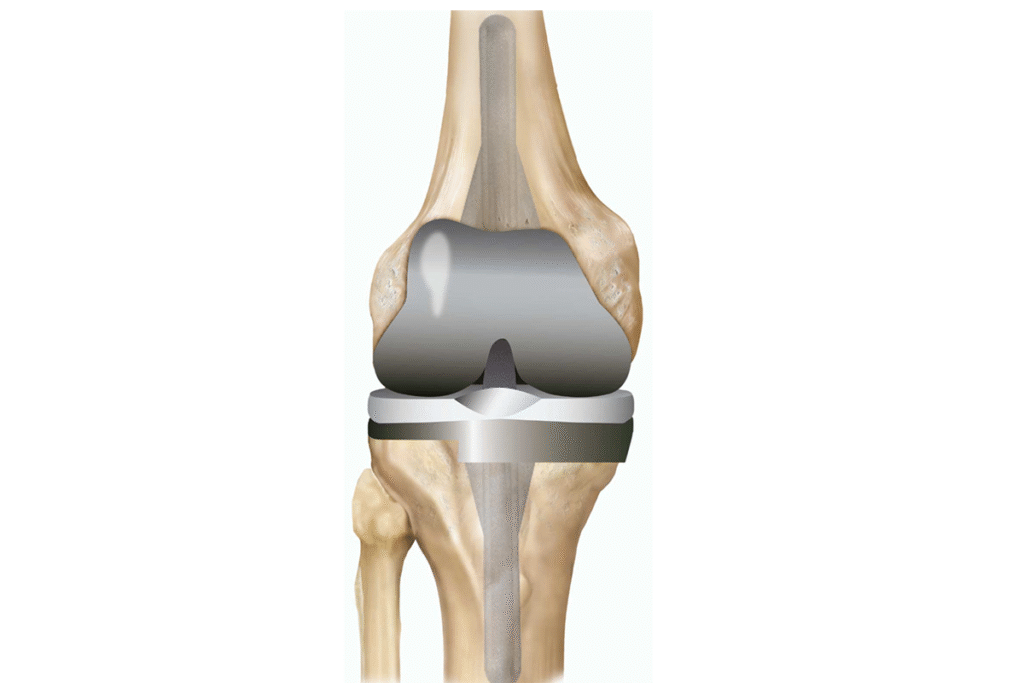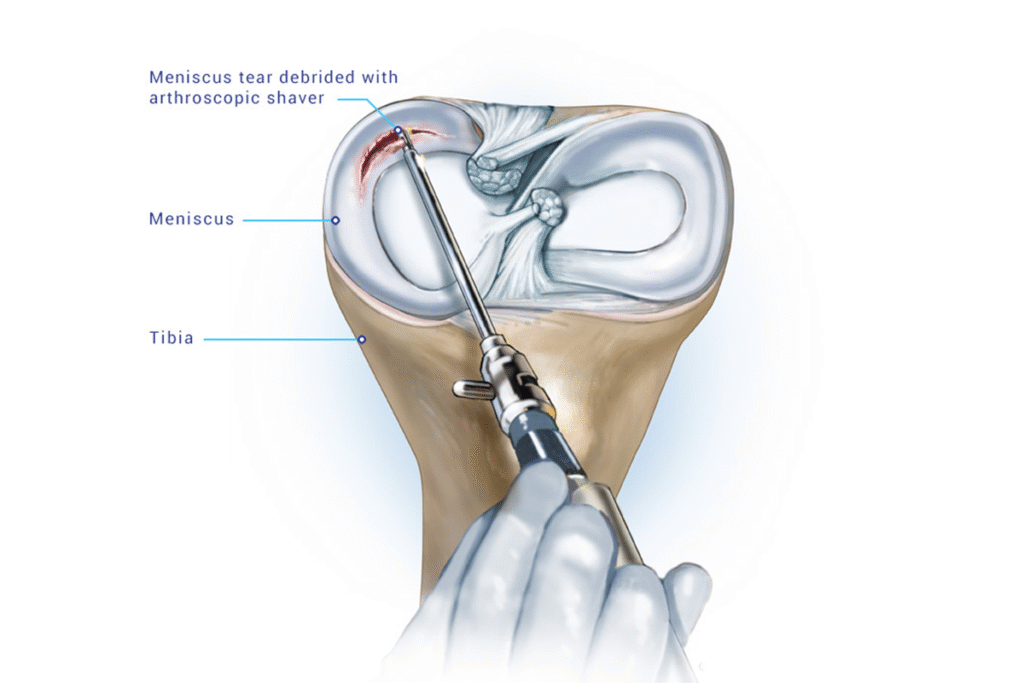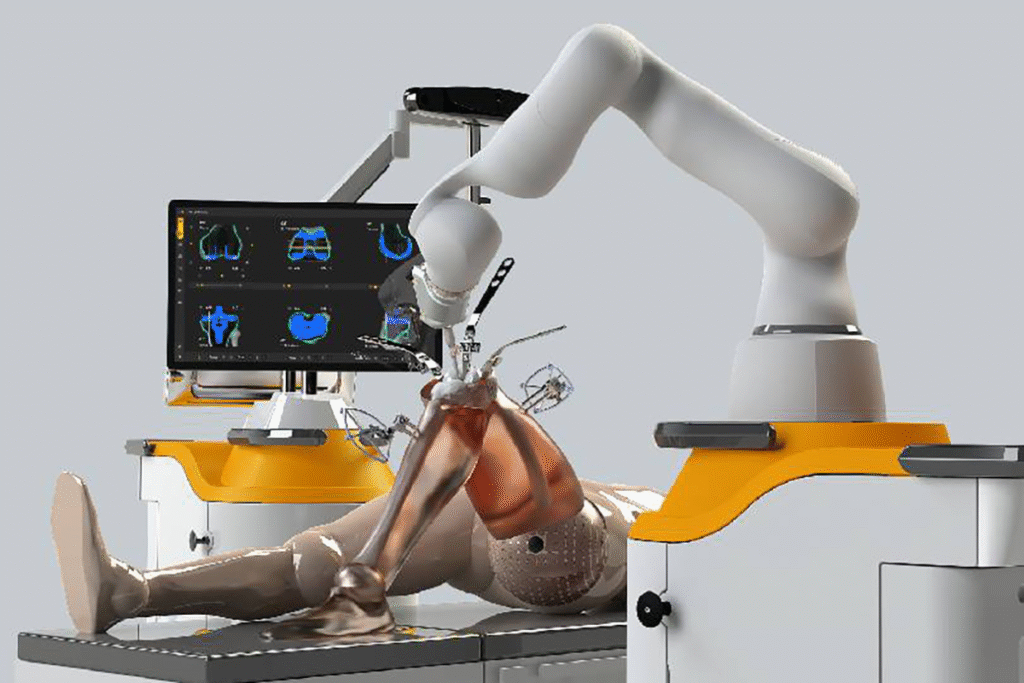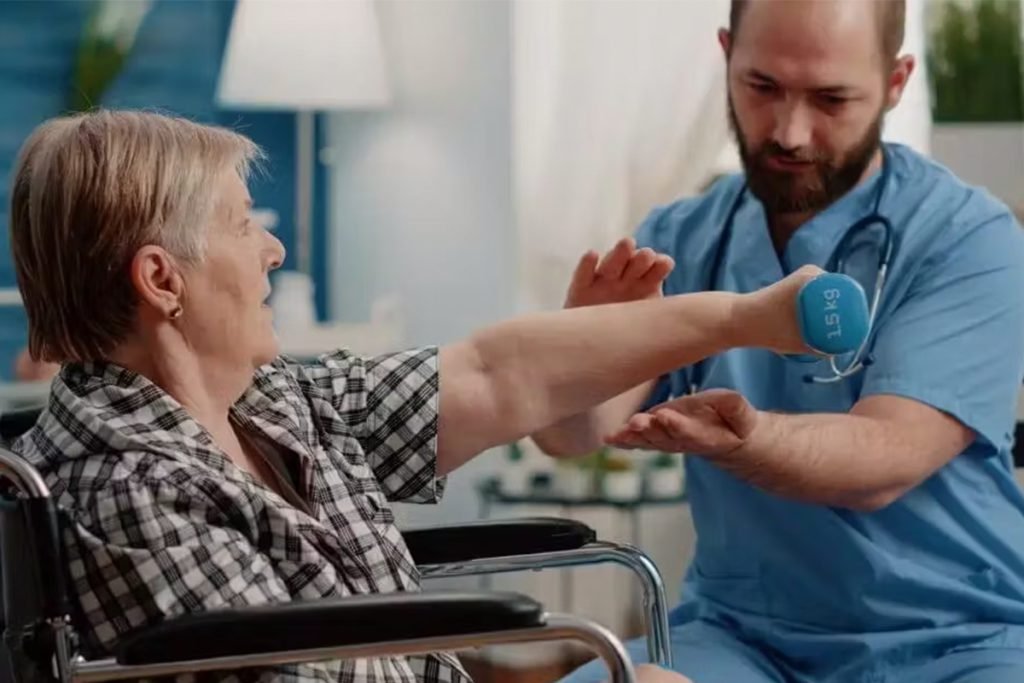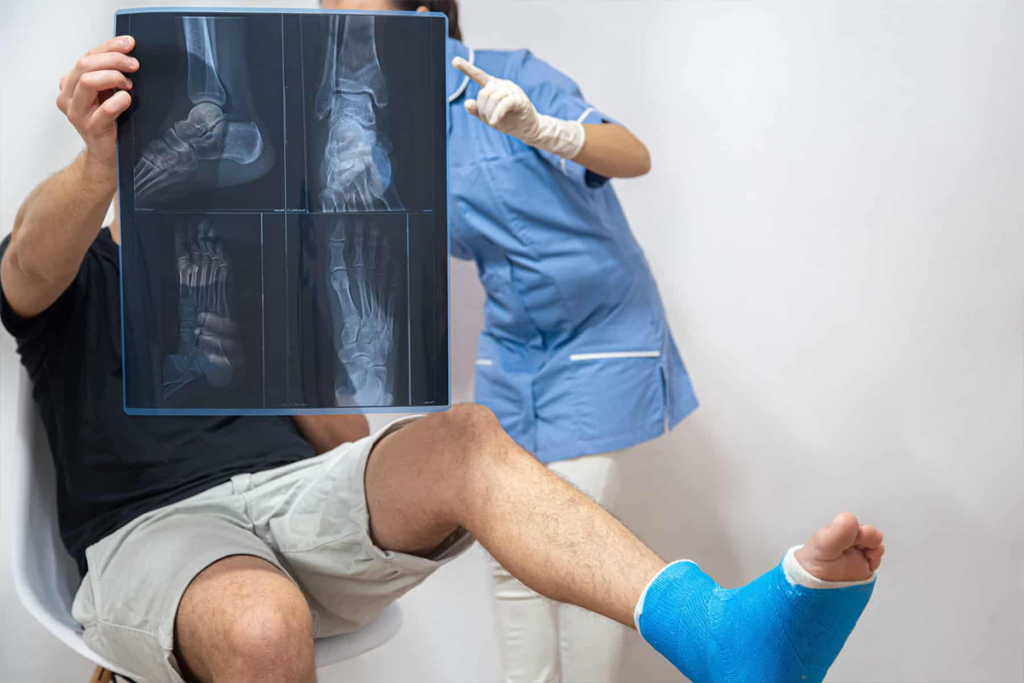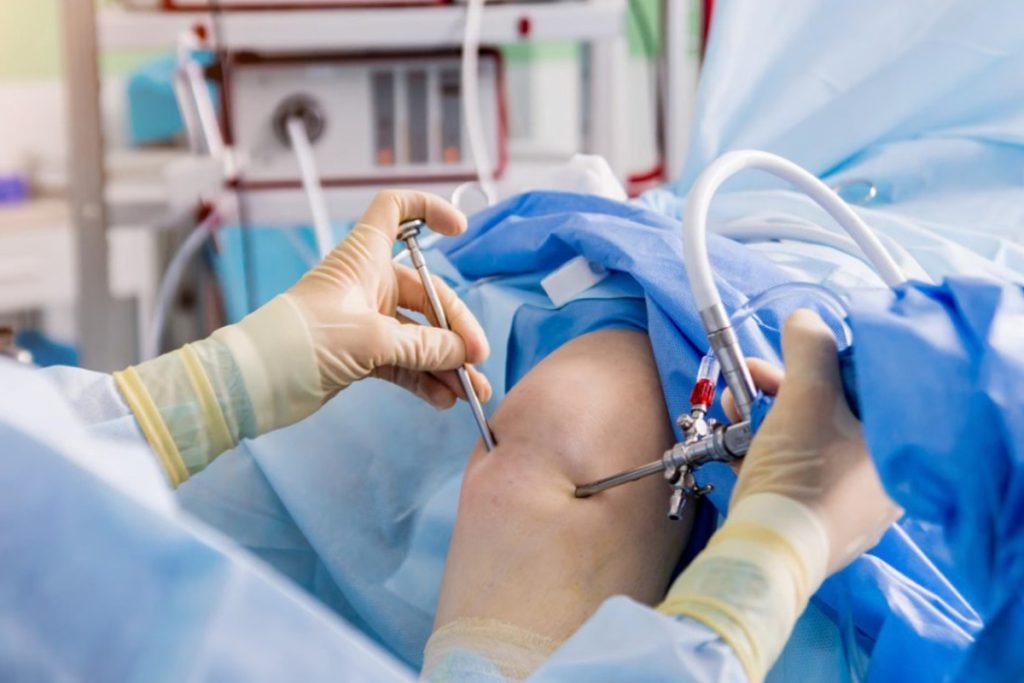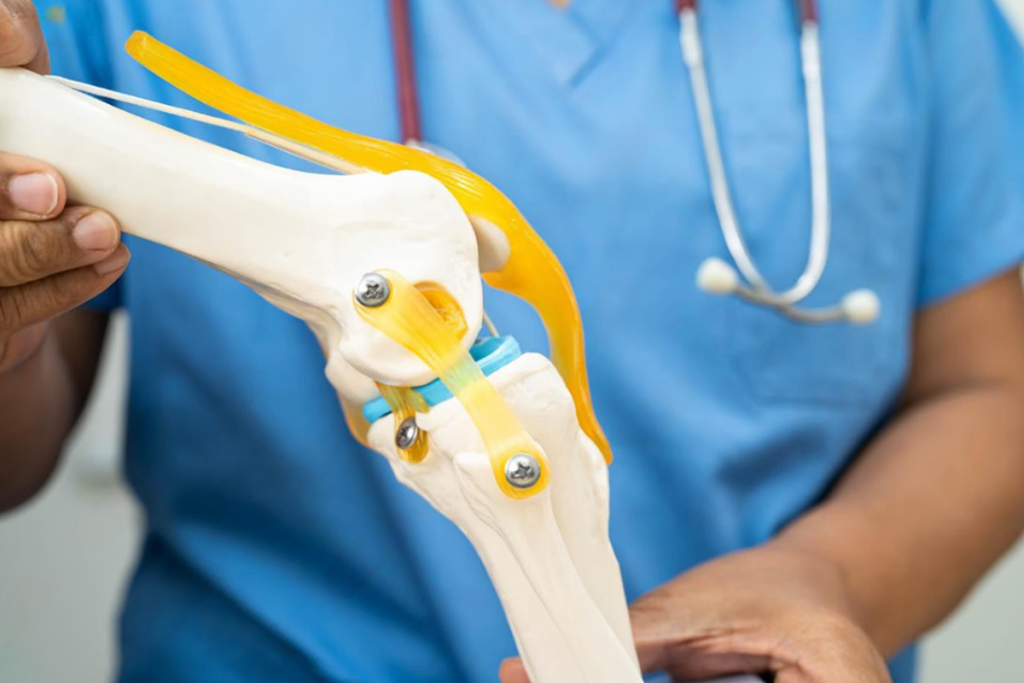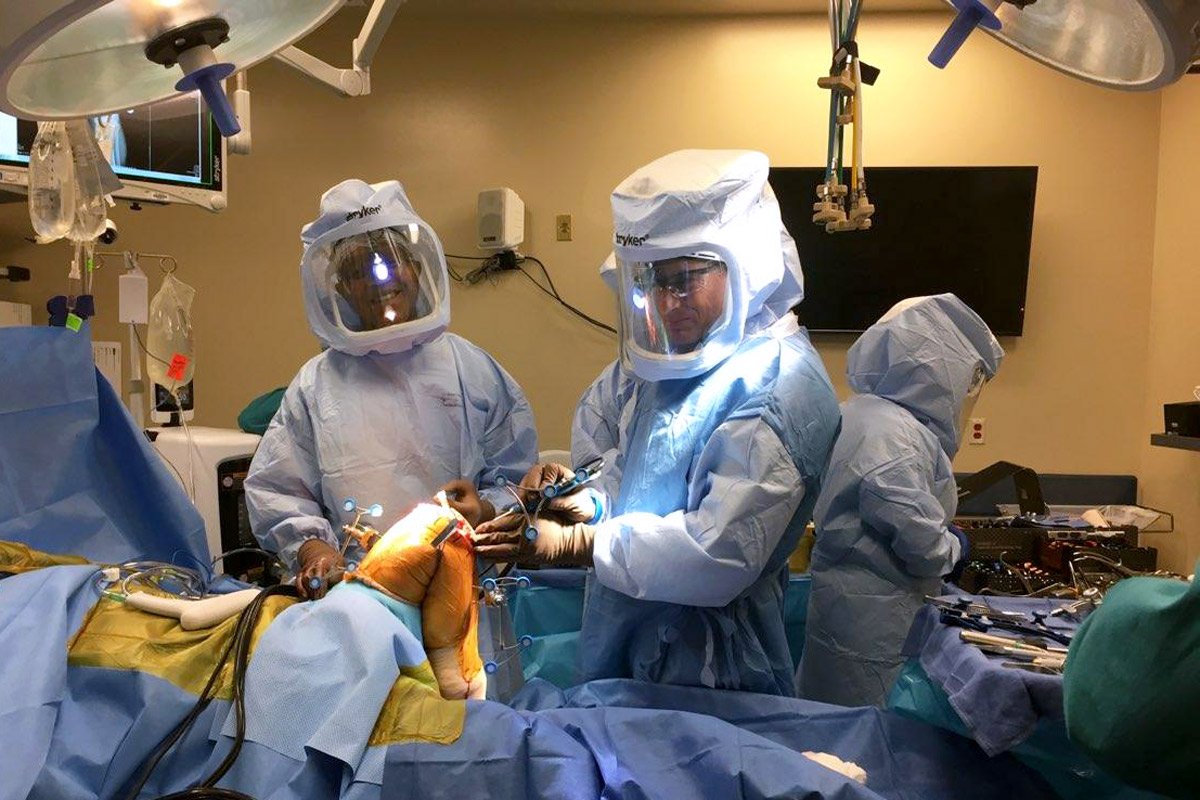Recurrent shoulder dislocation is a painful and recurring condition that can severely affect mobility and quality of life. If you’ve experienced multiple shoulder dislocations or constant instability, it’s essential to seek expert care from a trusted orthopaedic specialist. For patients seeking the Recurrent Shoulder Dislocation Treatment in Sector 51, Gurugram, Dr. Guruditta Khurana offers cutting-edge diagnostic and surgical solutions to restore stability, function, and long-term relief.
Join our online community! Follow us on:https://www.youtube.com/@RoboticOrthodoc_Guruditta
Understanding Recurrent Shoulder Dislocation
A shoulder dislocation occurs when the head of the upper arm bone (humerus) slips out of its socket (glenoid). When this happens repeatedly, it’s termed recurrent shoulder dislocation. This condition often develops after a traumatic injury or due to ligament laxity, muscle weakness, or bone loss in the shoulder joint.
Patients with recurrent shoulder dislocation often experience:
- Frequent episodes of shoulder slipping or popping out
- Pain, swelling, and tenderness
- A feeling of looseness or instability
- Weakness in shoulder movements
If left untreated, the problem can worsen over time, causing joint damage, cartilage wear, and even early arthritis. Therefore, timely intervention with the Recurrent Shoulder Dislocation Treatment in Sector 51, Gurugram is vital for restoring shoulder stability.

Why Choose Advanced Treatment Options?
Modern orthopaedic advancements have revolutionized shoulder surgery and rehabilitation. Earlier, open surgery was the only solution, often leaving larger scars and requiring a longer recovery period. However, today’s minimally invasive and arthroscopic techniques allow for precise, tissue-preserving repair with faster recovery and superior outcomes.
At Dr. Guruditta Khurana’s clinic, patients receive the Recurrent Shoulder Dislocation Treatment in Sector 51, Gurugram, tailored to their specific shoulder condition. Using the latest imaging, diagnostic tools, and surgical innovations, Dr. Khurana ensures every patient regains optimal shoulder strength and stability.
Advanced Techniques for Recurrent Shoulder Dislocation Treatment
1. Arthroscopic Bankart Repair
This minimally invasive procedure is one of the most effective solutions for recurrent anterior shoulder dislocations. Small incisions and a high-definition arthroscope are used to reattach the torn labrum (cartilage) to the shoulder socket with tiny anchors.
This technique restores the normal anatomy of the shoulder joint, reducing the risk of future dislocations. It’s a key part of the Recurrent Shoulder Dislocation Treatment in Sector offering minimal scarring, less pain, and a faster recovery.
2. Latarjet Procedure
When there is significant bone loss in the glenoid (shoulder socket), the Latarjet procedure provides excellent stability. In this technique, a portion of the coracoid bone is transferred to the glenoid to reinforce the socket, preventing further dislocations.
It’s highly effective for athletes or patients with repeated shoulder instability after failed surgeries. The Latarjet procedure is an advanced surgical option included in the Recurrent Shoulder Dislocation Treatment in Sector 51, Gurugram, ensuring strong and lasting results.
3. Remplissage Procedure
In some cases, patients develop a Hill-Sachs lesion — a bone defect in the humeral head caused by repeated dislocations. The remplissage technique fills this defect with soft tissue from the rotator cuff tendon, preventing the humeral head from slipping out again.
Combined with arthroscopic Bankart repair, this dual approach significantly improves shoulder stability.
4. 3D-CT Guided Surgical Planning
Precision is essential for successful shoulder surgery. At Dr. Guruditta Khurana’s clinic, 3D-CT imaging is used to assess bone loss and plan the exact placement of surgical anchors or bone grafts. This personalized approach enhances surgical accuracy and ensures superior long-term outcomes for the Recurrent Shoulder Dislocation Treatment in Sector 51, Gurugram.
5. Post-Surgical Rehabilitation and Physiotherapy
Surgery is only one step in recovery. A structured physiotherapy program plays a crucial role in regaining mobility, flexibility, and shoulder strength.
Dr. Khurana’s multidisciplinary team designs customized rehabilitation plans, guiding patients through progressive exercises to ensure complete functional recovery and prevent recurrence.
Who Needs Advanced Treatment for Recurrent Shoulder Dislocation?
Not every dislocation requires surgery, but in certain situations, advanced treatment is strongly recommended:
- Repeated shoulder dislocations despite rest or physiotherapy
- Bone or labral loss visible on MRI or CT scans
- Shoulder instability during daily activities or sports
- Persistent pain or weakness after a previous shoulder surgery
If you identify with any of these, it’s time to consult Dr. Guruditta Khurana for the Recurrent Shoulder Dislocation Treatment and explore minimally invasive options tailored to your needs.
Benefits of Choosing Advanced Shoulder Stabilization
Under the expert guidance of Dr. Khurana, patients can expect:
- Enhanced joint stability and reduced risk of recurrence
- Faster recovery with minimally invasive techniques
- Better cosmetic outcomes with smaller incisions
- Improved range of motion and strength
- Personalized rehabilitation programs for long-term success
These benefits make Dr. Guruditta Khurana’s practice a trusted destination for those seeking the Recurrent Shoulder Dislocation Treatment in Sector 51, Gurugram.
Why Dr. Guruditta Khurana?
Dr. Guruditta Khurana is a renowned orthopaedic and shoulder specialist with extensive experience in complex shoulder surgeries. Known for his precision and patient-centric approach, he integrates advanced arthroscopic and reconstructive techniques with evidence-based rehabilitation for the best possible outcomes.
His expertise in treating recurrent shoulder dislocations ensures that patients not only regain mobility but also confidence in their daily activities and sports performance.

Preventing Future Shoulder Dislocations
After undergoing the Recurrent Shoulder Dislocation Treatment in Sector 51, Gurugram, patients must follow preventive strategies to maintain shoulder health:
- Regularly perform strengthening exercises for the rotator cuff and scapular muscles.
- Avoid high-risk sports activities until full recovery.
- Maintain good posture and avoid overloading the shoulder joint.
- Follow up regularly with your orthopaedic specialist for long-term assessment.
Consistent care and guided physiotherapy can make a significant difference in preventing future episodes.
Conclusion
Recurrent shoulder dislocation can limit your life — but with the right expertise and advanced treatment, full recovery is achievable. Dr. Guruditta Khurana provides the Recurrent Shoulder Dislocation Treatment in Sector 51, Gurugram, combining innovation, precision, and personalized care. Whether through arthroscopic repair, the Latarjet procedure, or a custom rehabilitation plan, every step is designed to restore your shoulder’s natural strength and stability.



